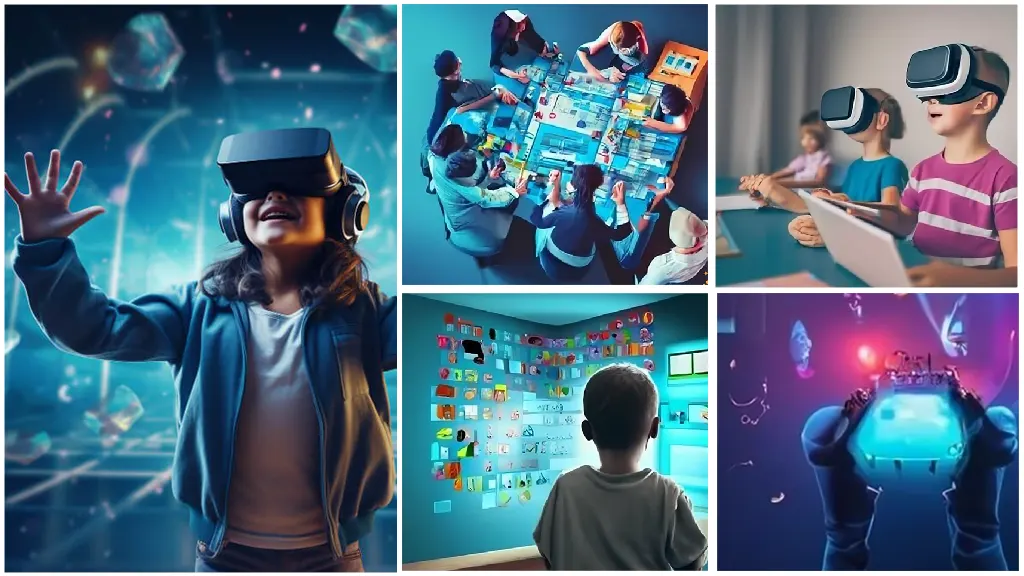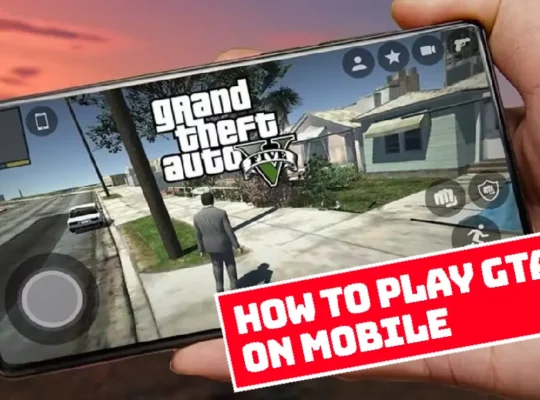Gamification in education is changing how we view education. Education has traditionally been seen as a serious and often boring task, but this is changing with the introduction of gamification. Gamification means adding game-like features such as challenges, points, rewards, and badges to learning. This approach is transforming how students engage with and understand complex topics. In developing countries, where the education market is growing rapidly, gamification is making learning more enjoyable and improving educational outcomes. This new method promises a future where education is fun and effective, helping a diverse and increasing number of learners.
Table of Contents
ToggleHow Gamification in Education Works
Gamification in education means using game-like features such as challenges, points, rewards, and badges. This method makes learning more interactive and enjoyable, which helps students learn better.
Challenges: These are tasks that students must complete. They can range from solving problems to participating in discussions. Challenges help students develop critical thinking and problem-solving skills by pushing them to apply what they’ve learned.
Points: Students earn points for completing challenges. Points are like a scoring system in games and show how well students are doing. They provide immediate feedback, so students know where they stand.
Rewards: These can be prizes or recognition given for reaching certain milestones, such as completing a module or achieving high scores. Rewards motivate students to keep going and stay engaged.
Badges: These are digital icons given for completing tasks or showing certain skills. Badges are visual symbols of achievements, which boost a student’s sense of accomplishment and encourage them to aim higher.
Leaderboards: These are displays that show students’ rankings based on their points or achievements. Leaderboards introduce a fun, competitive element, encouraging students to improve and climb higher in the rankings.
Better Learning with Gamification

Different teaching methods lead to different levels of learning. Passive methods like lectures and reading have lower retention rates, while active methods like group discussions and teaching others are more effective. Gamification uses these active methods by making learning more engaging and interactive.
Passive Learning: This includes lectures (5% retention), reading (10%), audio-visual methods (20%), and demonstrations (30%). These methods involve students passively receiving information, which they don’t remember well.
Active Learning: This includes group discussions (50% retention), practicing by doing (75%), and teaching others (90%). These methods involve students actively participating, which helps them remember and understand the material better.
Making Learning Fun
Gamified learning uses points, badges, and leaderboards to make education enjoyable. Students can earn points for completing tasks, get badges for achievements, and see their rankings on leaderboards. This system keeps students motivated and helps them learn by making education fun and rewarding.
Points: Students earn points for activities like completing assignments or participating in discussions. Points show progress and make learning feel like a game.
Badges: Badges are awarded for achieving certain goals or skills. They serve as rewards and encourage students to keep improving.
Leaderboards: These show the rankings of students based on their points or achievements. Leaderboards make learning competitive and encourage students to do better to see their names higher on the list.
Impact of Gamification
Gamification is still new but shows great promise. It can boost student engagement, improve retention, and increase motivation. A study found that students in gamified classes remembered more and stayed engaged longer. The online education market is expected to grow significantly.
Increased Engagement: Gamification makes learning more interactive and enjoyable, which keeps students interested in their studies for longer periods.
Improved Retention: By using active learning principles, gamification helps students remember information better. Interactive elements like challenges and rewards enhance memory and understanding.
Greater Motivation: The competitive and rewarding nature of gamification increases students’ motivation. They are more likely to participate actively and consistently, driven by the desire to earn points, badges, and higher rankings.
Conclusion
Gamification in education is making learning more engaging, effective, and enjoyable. As it continues to develop, it promises to transform traditional teaching methods, leading to better learning outcomes. Teachers, students, and parents are likely to support this exciting approach to education.
FAQs
Q1. What are the benefits of gamification in education?
Ans: Benefits include increased student engagement, better retention of information, and higher motivation through rewards and achievements.
Q2. What is gamification in education?
Ans: Gamification in education means using game elements like points, rewards, and badges to make learning more fun and engaging.
Q3. What is the future of gamification in education?
Ans: Gamification has the potential to transform education by making learning more interactive and effective, with the market expected to grow significantly.
Q4. How does gamification improve learning?
Ans: Gamification makes learning interactive and enjoyable, which helps students stay interested and understand concepts better.
Q5. How does gamification work in classrooms?
Ans: Teachers can use points for assignments, badges for achievements, and leaderboards for tracking progress, making learning like a game.







